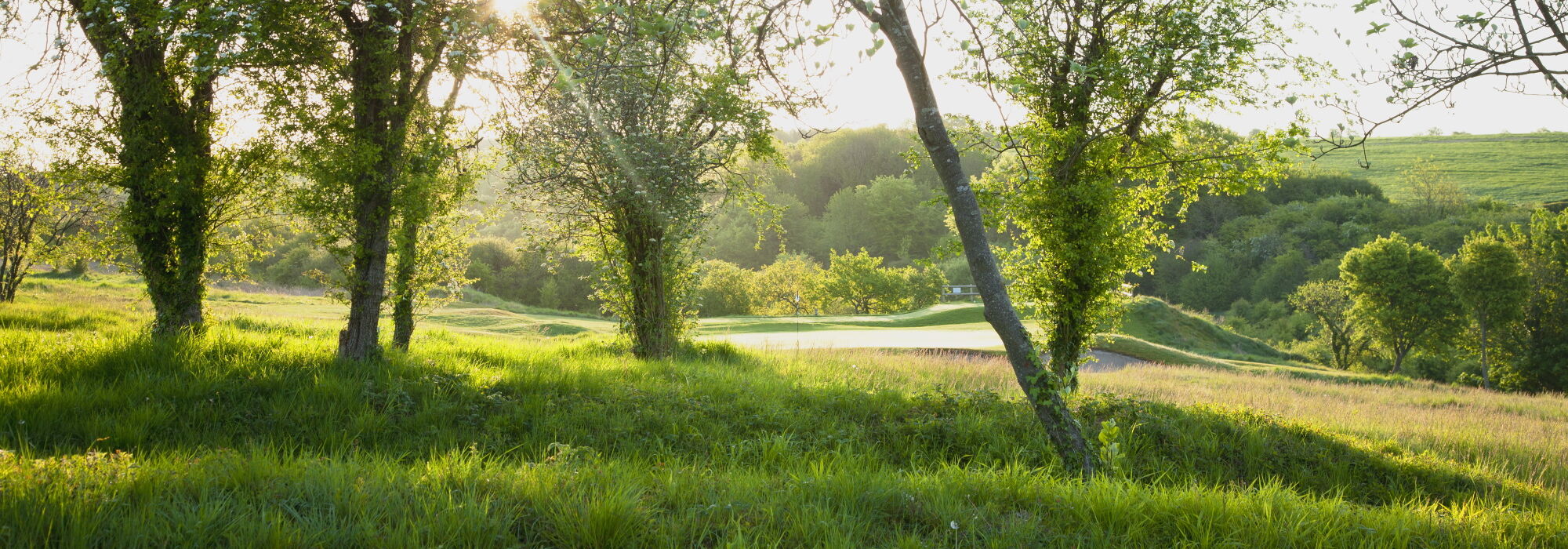Nature and Hockley
Not only does Hockley feature 3 Scheduled Ancient Monuments, but it is also home to a remarkable collection of flora and fauna. Where the soil is rich and fertile, more vigorous plants and grasses dominate. Chalk grassland is generally much less fertile, and farmers over the centuries have gone elsewhere to grow their crops. So the downs have become very rich botanically, and there is an enormous variety of plant species that have been able to survive and thrive.

Today only 2% of chalk grassland in the South Downs National Park survives modern agriculture and the grassland outside of the fairways at Hockley is particularly rich. The Government has identified 38 species that need special measures to conserve them, and 28 of them exist at Hockley. You can see several species of orchids like the Early Purple Orchid seen in May in the rough between the 6th and 14th fairway, or the Pyramidal, Common Spotted and Tway Blade Orchids that can be seen in June beyond the 1st green, in front of the 7th and 12th tees, and elsewhere on the golf course. The last survey undertaken identified 161 different plant species surviving on the golf course. This variety of species also supports significant species of butterflies such as the Chalk Hill Blue and Marbled White, both of which are now scarce elsewhere in the countryside.
Hockley is one of the richest locations for nature conservation within the South Downs National Park and the whole course is designated as a Site of Importance for Nature Conservation (SINC).






